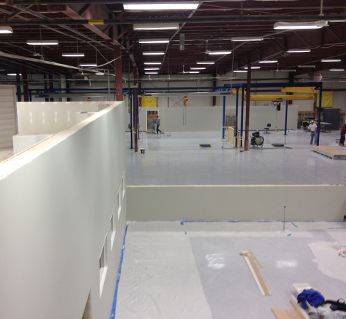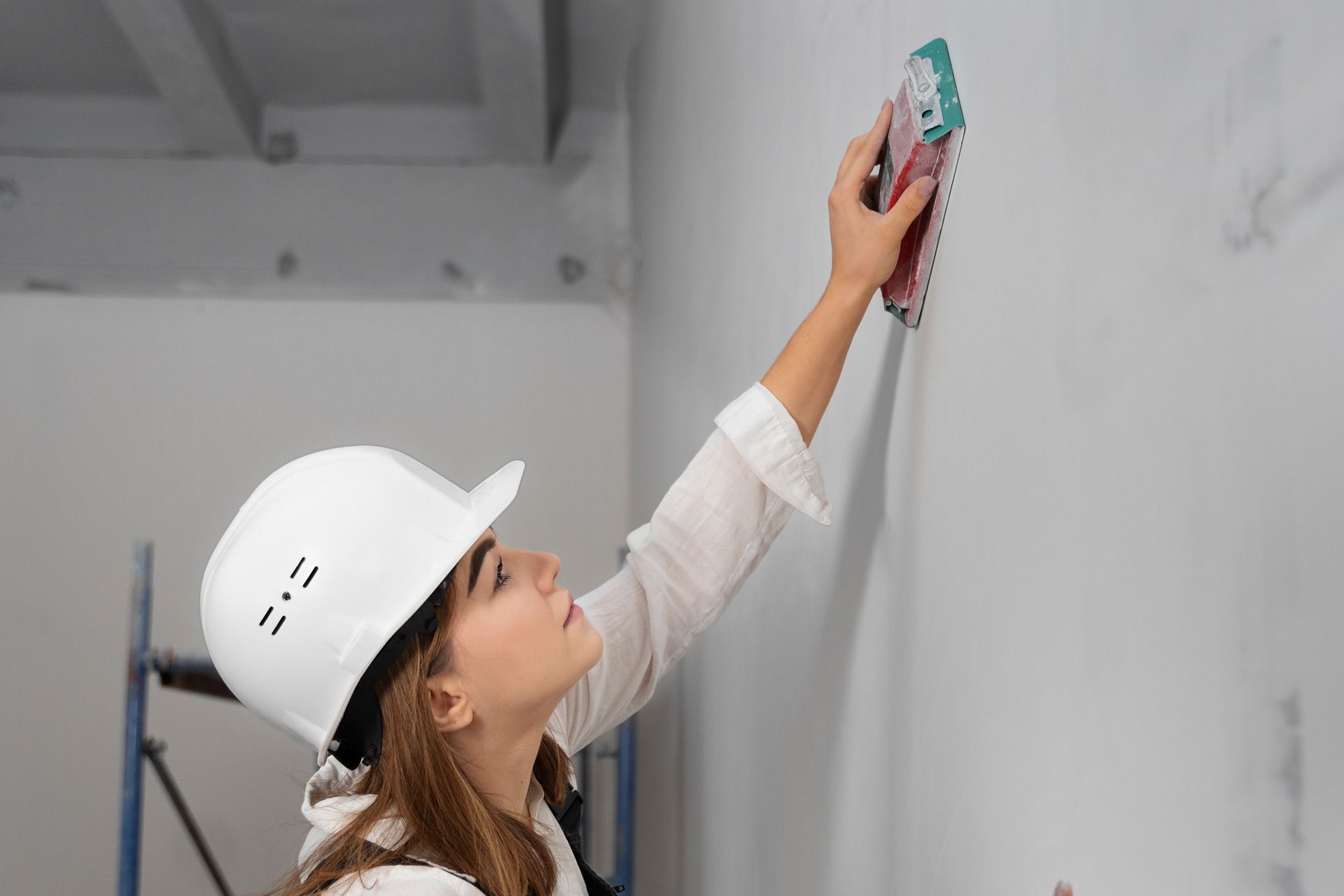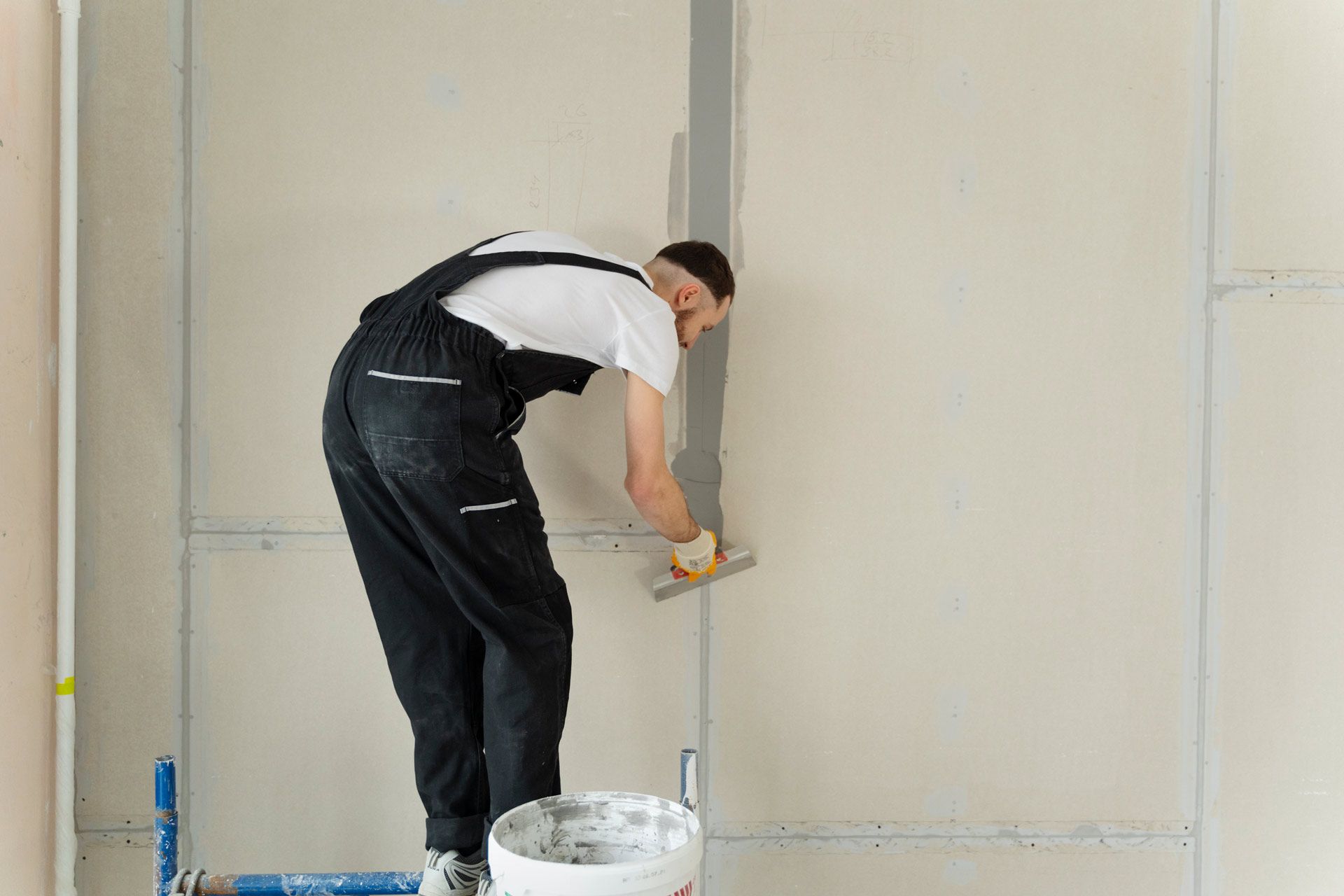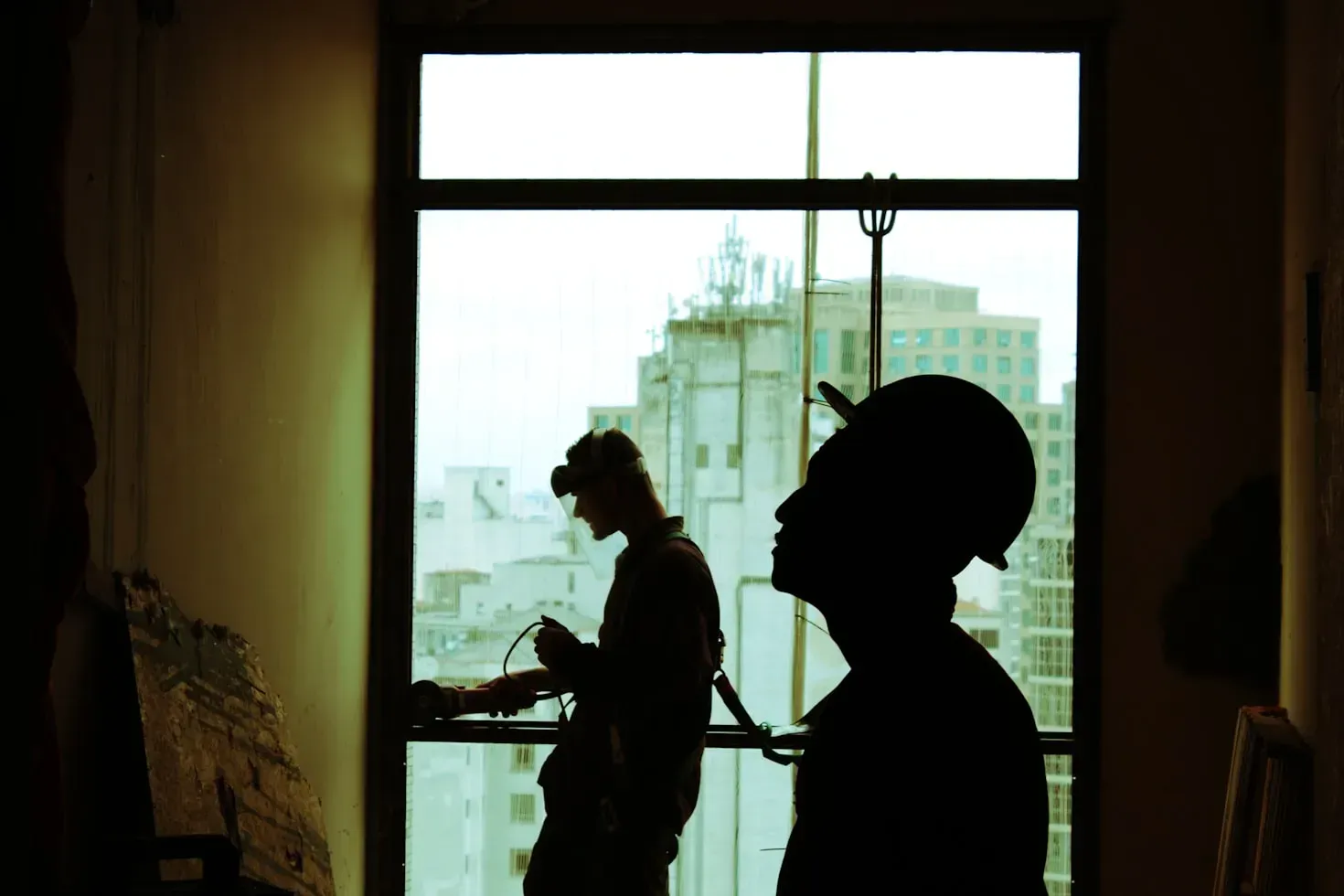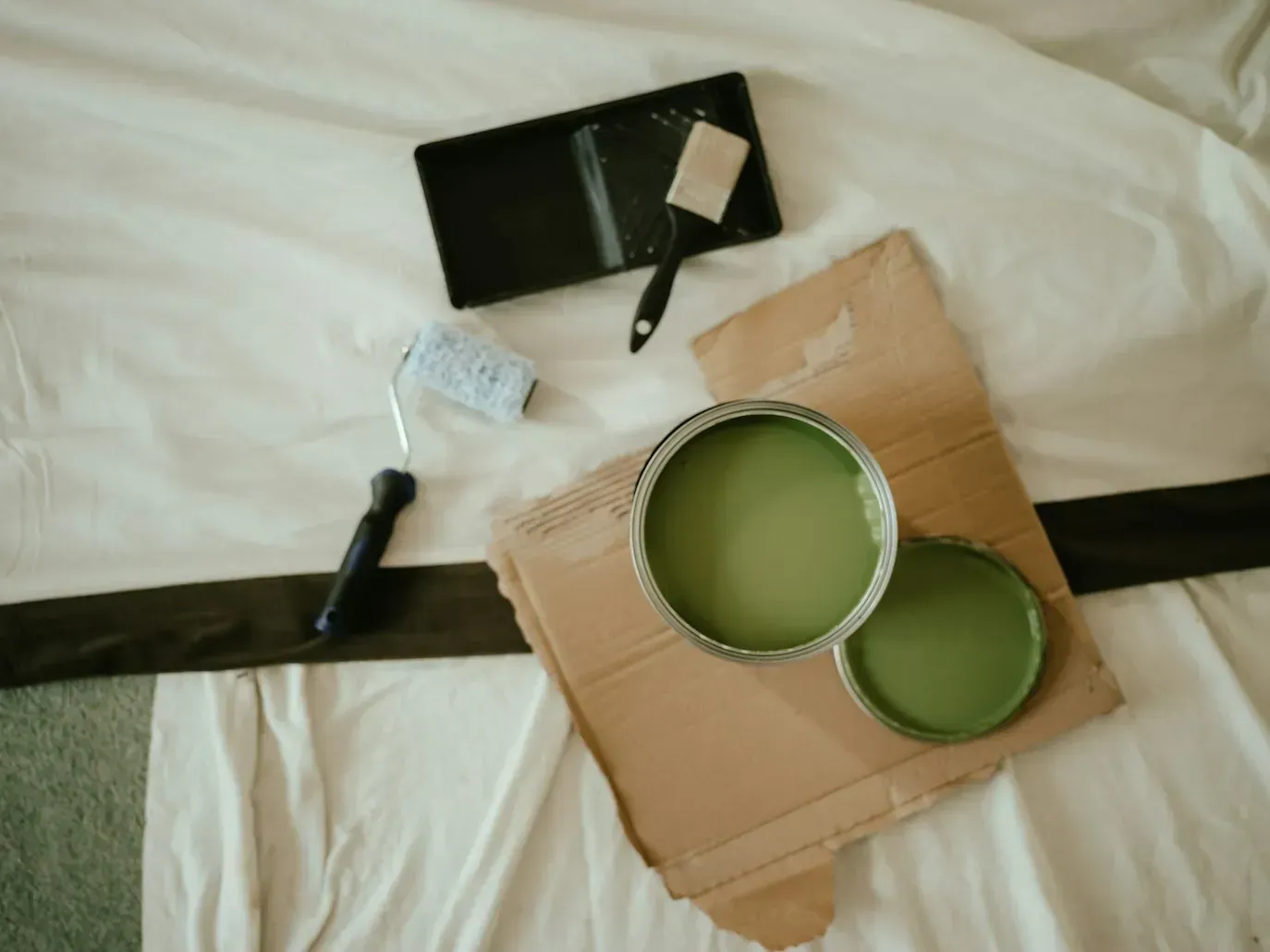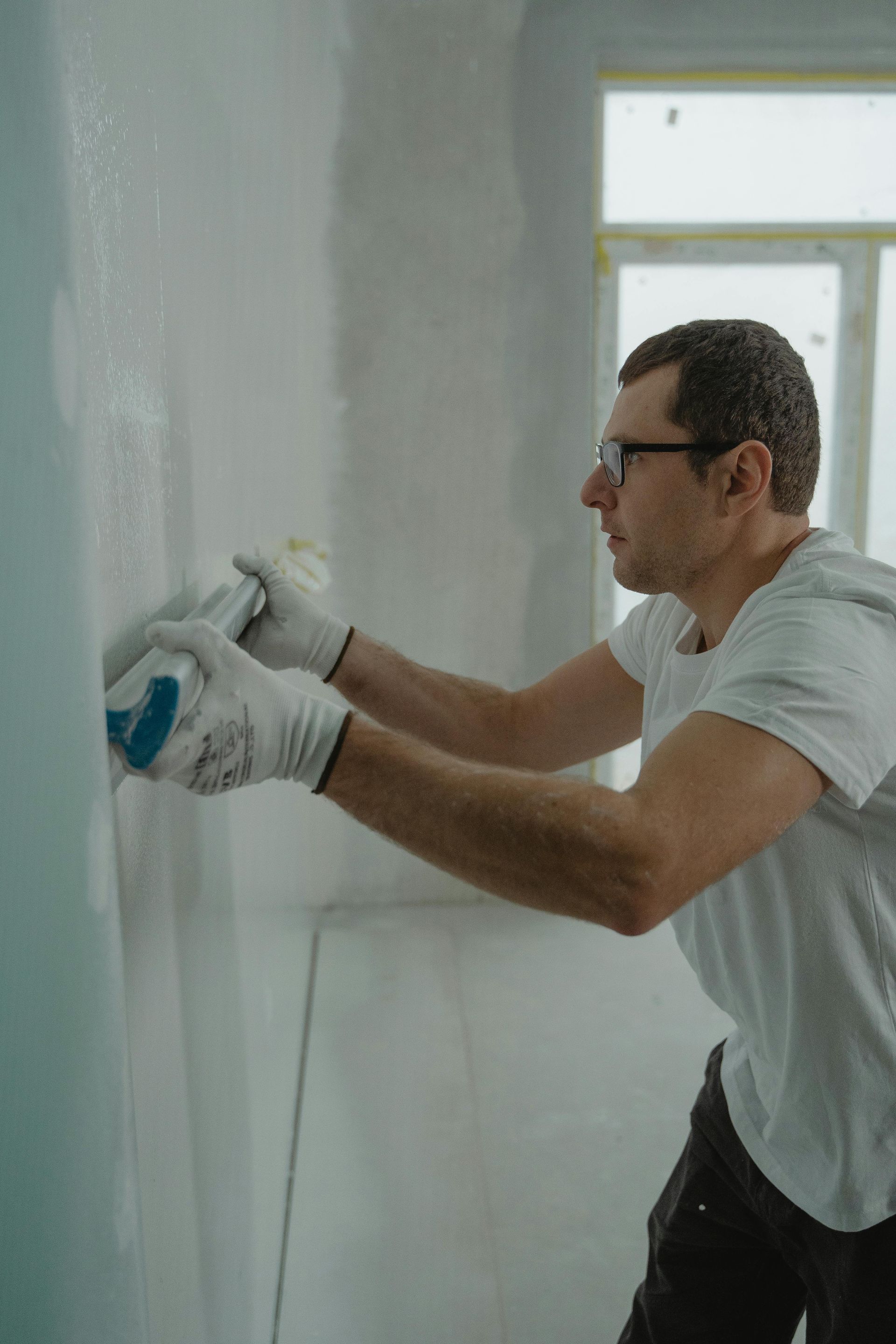Soundproofing 101: Effective Drywall Techniques for Peaceful Homes and Businesses
Introduction
Noise is one of the most common frustrations in both homes and workplaces. Maybe it’s the neighbors upstairs, street traffic outside your office, or simply the sound of kids playing in the next room. Whatever the source, unwanted noise can interrupt your sleep, hurt productivity, and diminish comfort.
The good news? With the right drywall techniques, soundproofing can transform noisy spaces into peaceful sanctuaries. This blog explains how soundproof drywall works, the most effective techniques available, and what Western Massachusetts homeowners and businesses can do to achieve quieter interiors.
How Drywall Plays a Role in Soundproofing
Drywall isn’t just a surface for paint—it’s a key material in blocking and absorbing sound. Effective soundproofing relies on several core principles:
Mass
Heavier, denser walls block sound more effectively. Thicker or multi-layer drywall adds mass, making it harder for sound waves to pass through.
Damping
Special soundproof drywall products include a viscoelastic core that absorbs vibrations. This reduces the transfer of sound from one side of the wall to the other.
Decoupling
By separating drywall layers from studs or using resilient channels, sound waves lose their direct path. This technique dramatically reduces noise transmission.
Absorption
Insulating the cavity inside the wall with fiberglass, mineral wool, or acoustic panels helps absorb airborne noise like voices or music.
These methods can be used individually or together depending on the space and noise problem.
Practical Drywall Soundproofing Techniques
For homeowners in Easthampton or business owners in Springfield, Chicopee, or Northampton, choosing the right soundproofing solution depends on budget, noise level, and project scope.
1. Double-Layer Drywall
Installing two layers of drywall on each side of a wall increases mass and blocks sound more effectively than a single layer.
2. Soundproof Drywall Boards
Products like QuietRock use specialized cores to provide superior soundproofing while taking up less space than multiple drywall layers.
3. Resilient Channels
Metal channels installed between studs and drywall create separation (decoupling), reducing vibration transfer.
4. Green Glue Compound
Applied between drywall layers, this damping compound converts sound energy into heat, significantly reducing noise.
5. Insulated Cavities
Adding fiberglass or mineral wool insulation inside the wall cavity helps absorb airborne sounds before they pass through.
6. Sealing Gaps and Cracks
Even the best soundproof drywall won’t work if there are gaps. Acoustic caulk is used to seal joints, outlets, and seams.
Step-by-Step Guide to Soundproofing a Room with Drywall
- Identify Noise Sources
Is the noise airborne (voices, TV) or impact-based (footsteps, machinery)? This determines which method to prioritize. - Choose the Right Materials
For moderate noise, double drywall with insulation may suffice. For high-noise areas, consider resilient channels and damping compounds. - Prepare the Space
Remove old drywall if necessary, inspect studs, and plan for electrical outlet placement. - Install Insulation
Place fiberglass or mineral wool batts inside wall cavities for absorption. - Apply Drywall Solutions
Install resilient channels, then attach one or two layers of drywall. Use Green Glue between layers if desired. - Seal Everything
Use acoustic caulk to seal perimeter gaps, outlets, and seams to prevent leaks. - Finish with Precision
Tape, mud, sand, and paint for a seamless look while maintaining acoustic performance.
FAQs
Does soundproof drywall really work?
Yes. Soundproof drywall products significantly reduce noise transmission, especially when combined with insulation and resilient channels.
Is soundproof drywall better than regular drywall?
Yes. Soundproof drywall contains specialized cores that absorb vibrations, making it much more effective at blocking noise than standard drywall.
Can I soundproof an existing wall without tearing it down?
Yes. You can add a new layer of drywall with Green Glue over existing walls. While not as effective as a full rebuild, it improves sound control.
How much does drywall soundproofing cost?
Costs vary depending on materials and methods. A basic double-layer installation is budget-friendly, while specialized products like QuietRock are more expensive but highly effective.
Is soundproofing worth it for businesses?
Absolutely. Offices, clinics, and retail spaces benefit from quieter environments that improve productivity, privacy, and customer experience.
Conclusion
Noise may be unavoidable, but living or working with it doesn’t have to be. With the right drywall soundproofing techniques—whether it’s double layering, resilient channels, or specialized products—you can enjoy quieter, more comfortable spaces.
For Western Massachusetts homes and businesses, Frenchie Drywall brings years of expertise in drywall installation, repair, and soundproofing. From Easthampton residences to Springfield offices, our team knows how to deliver flawless finishes with maximum acoustic performance. Contact us today for a consultation and start enjoying peace of mind in your space.


